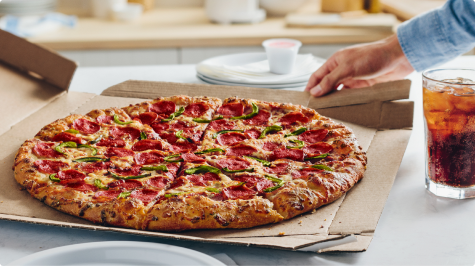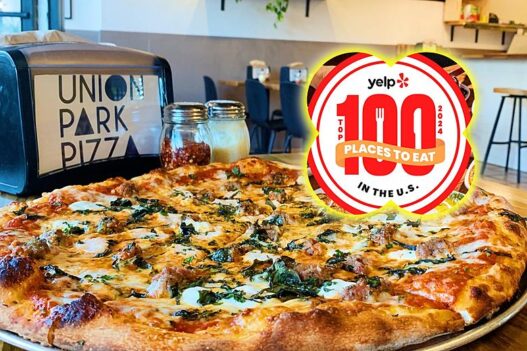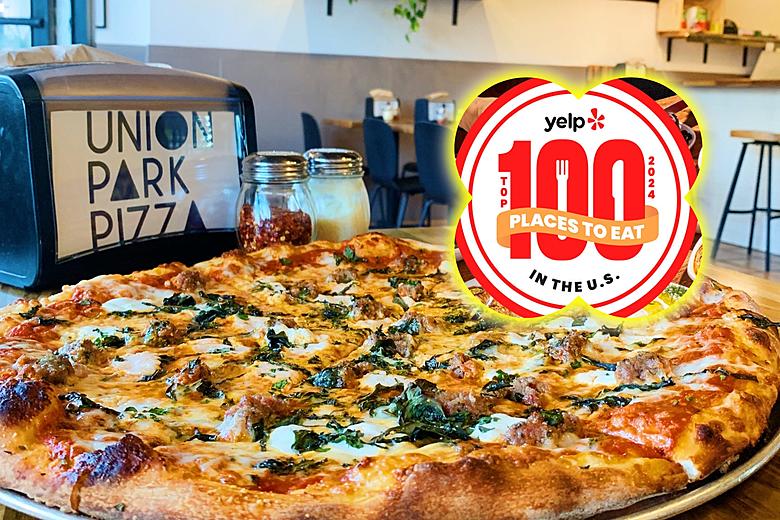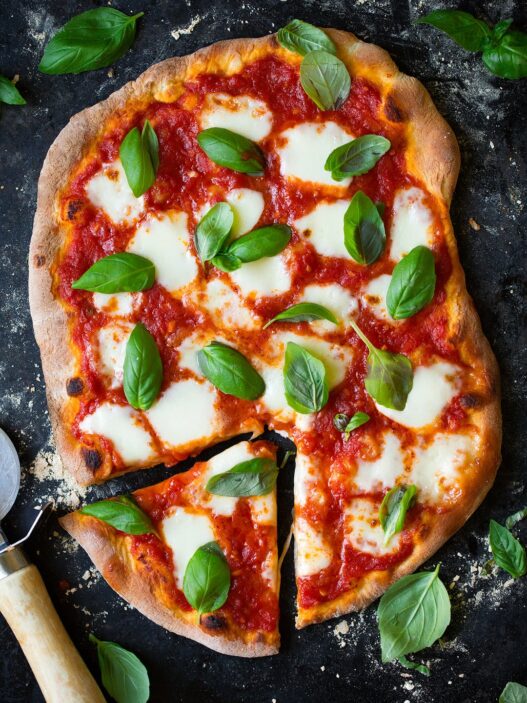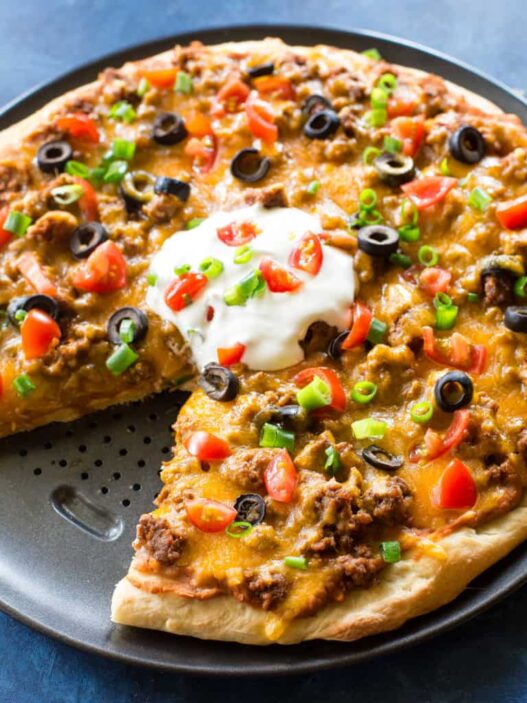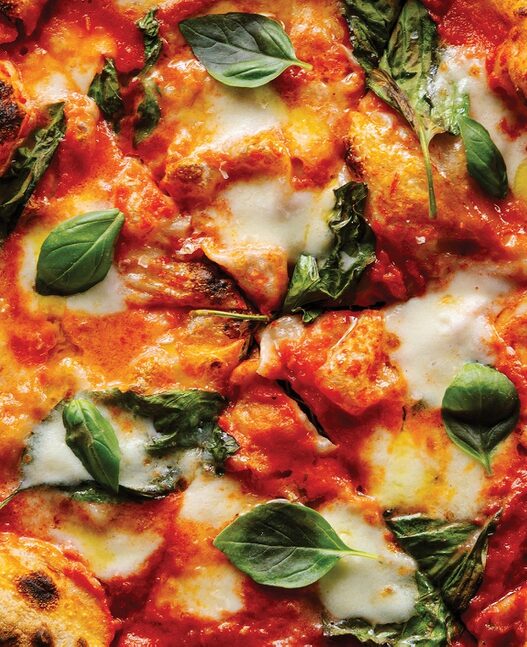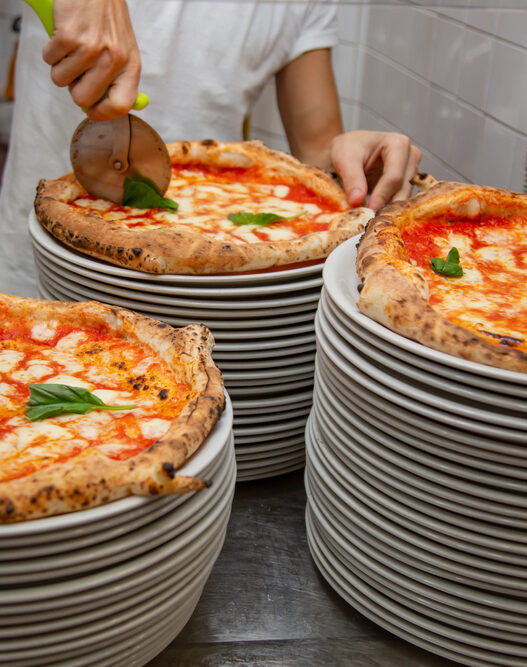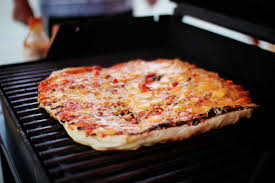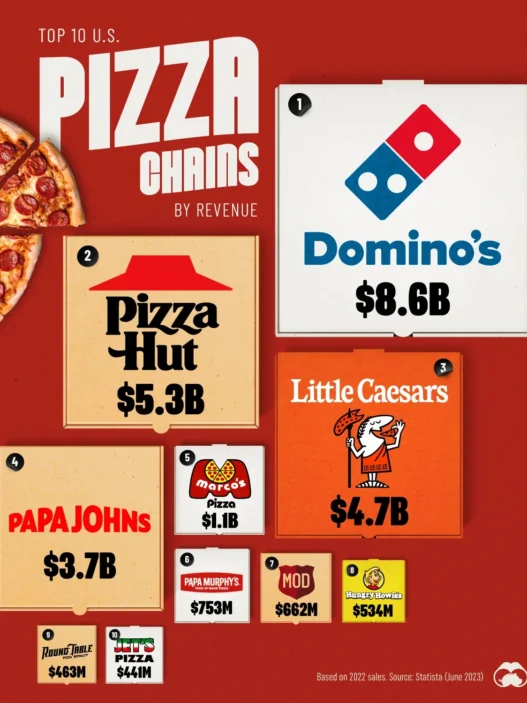This insightful article was inspired by content originally published on Yahoo by Sarah Lintakoon
Chicago’s Pequod’s Pizzeria just earned the highest Yelp Elites rating for 2024, and that crown isn’t just a bragging right—it’s a blueprint. Pequod’s signature move, a jet-black halo of caramelized cheese fused to the crust, turns a classic Chicago pan pie into a cult experience that draws lines, drives delivery demand, and inspires copycats nationwide. It’s delicious, yes—but more importantly, Pequod’s is a masterclass in brandable craft, operational discipline, and market positioning that every pizza enthusiast, industry supplier, and pizza shop owner can learn from.
Below, we unpack how Pequod’s built its reputation, what their “caramelized edge” means for dough science and equipment, and how you can apply their playbook—whether you’re baking at home, scaling a supplier business, or optimizing a pizzeria.
The Pequod’s Edge: Caramelized Cheese, Pan Discipline, and a Story Worth Sharing
Pequod’s, founded by Burt Katz in 1971, focused tightly on Chicago-style pan pizza, then pushed it further by shaving cheese to the edge of the pan so it caramelizes into a crispy, lacy crown. Yelp Elites love that textural contrast: airy crumb, saucy center, and a crunchy, umami-packed perimeter that photographs beautifully and eats even better. Their fame surged again after a cameo on “The Bear,” but the technique—not the TV—keeps customers coming back.
For pizza enthusiasts, that means a reproducible flavor-profile target at home. For suppliers, it signals sustained demand for the right pans, cheeses, and high-heat oils. For shop owners, it proves that a distinctive, consistent technique can become a marketing engine and a delivery powerhouse.
For Pizza Enthusiasts: Home Techniques to Recreate Pequod’s Caramelized Crown
If you’re chasing the Pequod’s vibe at home, your goals are simple: a sturdy pan, an assertive bake, and the right fat-cheese-dough ratio. Start with a forgiving Chicago-style pan dough, a neutral oil with a high smoke point, and a strategic cheese edge.
- Choose your heat tools wisely. A heavy cast-iron or blue-steel pan holds heat and crisps the edges. A conductive deck surface, like a steel, can help in home ovens. Consider adding a pizza steel for better thermal mass and crisping power.
- Oil matters. For that deep caramelization without smoke overload, use refined grapeseed or canola oil—just enough to fry the edge, not overwhelm it.
- Cheese placement is the trick. Press shredded low-moisture mozzarella right up to the pan’s edge so it “fries” into the crust and forms that Pequod’s-style halo.
- Bake strategy: Par-bake the oiled dough briefly, then add sauce, cheese, and toppings, making sure the edge cheese touches the pan.
- Level up with the right tools. Explore the best home pizza oven options for faster recovery and better top-browning , and add a reliable pizza peel, cutter, and dough trays (Essential Pizza Making Tools Kit, AFFILIATE_LINK_PLACEHOLDER).
If you’re new to pan style, start with a simple, forgiving base. Here’s a short, high-success dough framework: 60–65% hydration, 2–2.2% salt, 1–2% sugar for color, 1–1.5% yeast, 3% oil. For a step-by-step, try our beginner-friendly pizza dough recipe. For your toppings, think high-contrast: giardiniera for zing, pepperoni curls for texture, or a classic sausage and green pepper combo. If you love ingredient stories, explore artisanal pizza ingredients like Bianco DiNapoli tomatoes or Wisconsin brick cheese.
Supplier Takeaways: Equipment, Ingredients, and Food Service Technology for the Caramelization Era
Pequod’s popularity signals opportunity across the supply chain. Yelp-fueled demand concentrates on operationally consistent pan pizza with aggressive edge caramelization. That requires a specific kit:
- Pans with heat-holding power. Blue-steel and cast-iron pans support even browning; rolled-edge pans help retain cheese at the rim. Consider stocking pan lines in multiple diameters and depths for both dine-in and ghost-kitchen formats.
- Cheese strategy. Low-moisture mozzarella is the base; blends with provolone or mild cheddar can deepen the Maillard profile. Offer bulk pizza ingredients with precise shred sizes for better melt control.
- Oil and release agents. High-smoke-point oils, pan release, and consistent dosing systems reduce carbonized waste and improve repeatability.
- Food service technology pizza stack. Computerized deck/impinger ovens with profile programming, thermal probes, and connected analytics make caramelization repeatable across locations.
- Cleaning and maintenance. Caramelization can mean sticky pans and baked-on residue. Stock enzyme-forward cleaners safe for seasoned steel and iron.
From an industry lens, this is a micro-trend within broader pizza industry trends: crispy-edge formats, photo-friendly textures, and shareable “signature crusts” that justify premium pricing. Sustainably sourcing cheese and oil at scale will matter too—sustainable pizza sourcing programs can help pizzerias market provenance without sacrificing margin .
Operators’ Playbook: How Pizza Shop Owners Can Turn Technique into Revenue
If you’re a pizza shop owner, Pequod’s offers four actionable lanes: menu engineering, ops discipline, tech, and marketing.
- Signature equals moat. Create a signature crust or finish—caramelized cheese halo, sesame seed rim, chili crisp drizzle, or a bronze sesame-Parmesan edge. Name it. Feature it. Price it.
- Ops discipline is non-negotiable. Consistency across busy nights hinges on line checks, pan rotation schedules, exact cheese “edge loading,” and pre-measured oil. A standard SOP laminated on the make-line sounds boring; it’s actually a profit engine.
- Invest in the right commercial pizza equipment. Profile-controlled deck or conveyor ovens, a high-volume commercial dough mixer for steady fermentation, and portioning scales minimize variance
- Upgrade your tech stack. An integrated pizza POS system that routes dine-in, pickup, and pizza delivery software orders to the right make station will slash ticket times and errors . Pair with a customer loyalty pizza program to push “edge caramelization” LTOs and late-night pan-only promos .
- Content-first marketing. Pequod’s didn’t invent virality, but their crust photographs like a dream. Shoot macro edge shots, cheese pull videos, and cross-sections. Use your POS to identify high-frequency customers and invite them to “crust club” tastings.
On restaurant operational efficiency: caramelization takes time and seasoning. Schedule bake windows, stage pre-oiled pans, and use color-coded pan age systems so staff know which pans are seasoned “ready” versus “still breaking in.” This improves flavor and reduces sticking.
Expert Insight: Why the Caramelized Edge Wins
Pizza pros have long praised the flavor payoff of cheese fat meeting high heat at the pan-wall interface. In coverage about Chicago pan pizza and Pequod’s lineage, culinary writers and industry veterans consistently point to two linked drivers: controlled oil management and cheese placement right to the rim. As the Yahoo article notes, that technique “helped put the pizzeria on the map” and keeps it top-ranked with Yelp Elites.
In a prior profile of Chicago pan styles, seasoned operators have emphasized that the halo isn’t burnt—it’s an intentional Maillard zone, where milk solids brown and fats render into a toffee-like crispness. That edge gives you salt, crunch, and aroma in a single bite. For shops, that means calibrating oven temp, pan age, oil type, and cheese moisture for your specific oven and altitude, then locking it in with QA checks.
Pizza Pro Tips: Turn Caramelization Into Your Competitive Advantage
- Calibrate your cheese. Low-moisture mozzarella is your base. Blend in 10–20% provolone for sharper browning or a whisper of mild cheddar for color pop.
- Preheat pans lightly. A warm pan welcomes oil and helps it “climb” the sidewalls, promoting even edge frying.
- Control moisture. Sauce should be thicker than for Neapolitan; too much water kills edge crisp. Drain watery toppings like olives and mushrooms.
- Edge load consistently. Use a dedicated edge scoop measurement for the cheese ring so every pie develops the same halo.
- Bake high, finish higher. If your oven allows, kick top heat for the final 2–3 minutes to bronze the crown without overbaking the center.
- Train and test. Run side-by-side bakes with micro-variations in oil grams, cheese grams, and time. Taste blind with your team and record results.
For home cooks, pair these best practices with the right gear. A compact indoor unit with top heating elements can mimic deck browning , If you stick to a standard oven, a preheated pizza steel and a seasoned cast-iron pan give you a huge head start, Cast-Iron Pan Pick, . And don’t forget a reliable scale and bench scraper
Trend Watch: Plant-Based, Local, and Automation Meet the Pan
Three macro pizza industry trends intersect beautifully with the Pequod’s-style approach:
- Plant-based toppings love fat and heat. Caramelized edges add savory depth to plant-based pies. Consider vegan mozz blends designed to brown well and finish with chili oil for aroma. Suppliers should offer vegan shreds that actually crisp.
- Demand for local ingredients. A “Chicago-by-way-of-Your-Town” pie featuring local sausage, regional cheeses, or farmers market giardiniera tells a story that travels. Promote those on menus and in loyalty emails.
- Automation and repeatability. As labor tightens, food service technology pizza solutions—like programmable ovens and smart timers—help teams nail the edge finish during rushes. Connect your oven data to your pizza POS system to monitor bake consistency in real time.
Final Word: What Pequod’s Teaches Us About Lasting Pizza Greatness
The Yelp Elite endorsement isn’t random. Pequod’s built a singular experience around a distinctive crust, optimized operations, and kept the story alive with media moments. Whether you’re firing your first home pan pie, stocking a catalog for operators, or leading a busy shop, the signal is clear: master a craveable signature, make it consistent, and tell the story everywhere.
- Enthusiasts: start with a friendly pizza dough recipe and the right pan, then push that cheese to the edge.
- Suppliers: stock the pans, cheeses, oils, and cleaning systems that make the halo repeatable.
- Owners: standardize, systemize, and market the halo. Then watch check averages and loyalty rise.
This is the kind of pizza history fact that keeps evolving in real time: an old-school Chicago technique riding a new wave of tech, media, and taste.
This article contains affiliate links, which means Pizza Magazine may earn a commission if you make a purchase through them, at no extra cost to you. We only recommend products and services we genuinely believe in.




